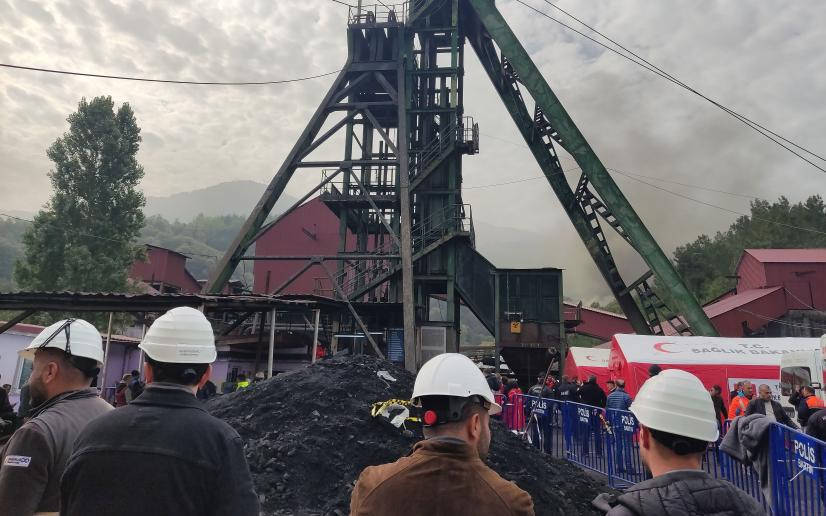Nearly 900 workers killed on the job across Turkey in first half of 2024


At least 878 workers lost their lives in work-related incidents during the first six months of 2024, according to the Health and Safety Labor Watch (İSİG).
The monthly breakdown of occupational homicides as termed by İSİG is as follows: January saw 161 deaths, February had 149, March recorded 124, April had 165, May saw 142, and June recorded 137 worker fatalities. Among the deceased, 33 were women and 845 were men.
The deceased workers were employed in various sectors, including 303 in industry, 227 in construction, 207 in services, and 141 in agriculture. Notably, the agricultural sector's fatalities nearly reached 30% of all occupational deaths in June, coinciding with the seasonal increase in labor-intensive work during the warmer months.
“Work-related fatalities increase in the second half of each year due to seasonal work,” noted İSİG.
Child workers
The report also highlighted that 33 of the deceased workers were under 18 years old, and the ages of 42 workers could not be determined. The age distribution of the deceased is as follows: 13 were 14 years old or younger, 20 were aged 15-17, 175 were aged 18-29, 361 were aged 30-49, 215 were aged 50-64, and 52 were 65 or older.
The report emphasizes the increasing number of child worker fatalities, especially in the industrial sector. Over half of the child worker deaths occurred in the agricultural sector, with six fatalities in June alone.
The İSİG criticized the role of Vocational Education Centers (MESEM), stating that they are contributing to the exploitation of child labor under the guise of vocational training. Students enrolled in these centers spend one day a week at school and four days at a workplace. This approach integrates education with industry, expanding MESEM activities to various sectors and placing vocational schools within industrial zones, according to İSİG.
“Consequently, children are pushed into the labor market as cheap labor by the state. This situation, particularly evident in the frequent child worker deaths in seasonal agriculture, is becoming more visible in urban areas. MESEM students are present in 81 cities and 922 districts, making them a part of every family or someone we know,” said the group.
Migrant workers
Additionally, 33 migrant workers died in the first half of 2024. These included 19 Syrians, 6 Afghans, 3 Iranians, 2 Russians, and one worker each from Algeria, Georgia, Iraq, Sudan, Ukraine, and Turkmenistan.
The report also revealed that only 13 of the deceased workers (1.48%) were union members, while 865 (98.52%) were not affiliated with any union. The unionized workers included those from the metal, healthcare, mining, energy, chemical, textile, and municipal sectors. (HA/VK)





